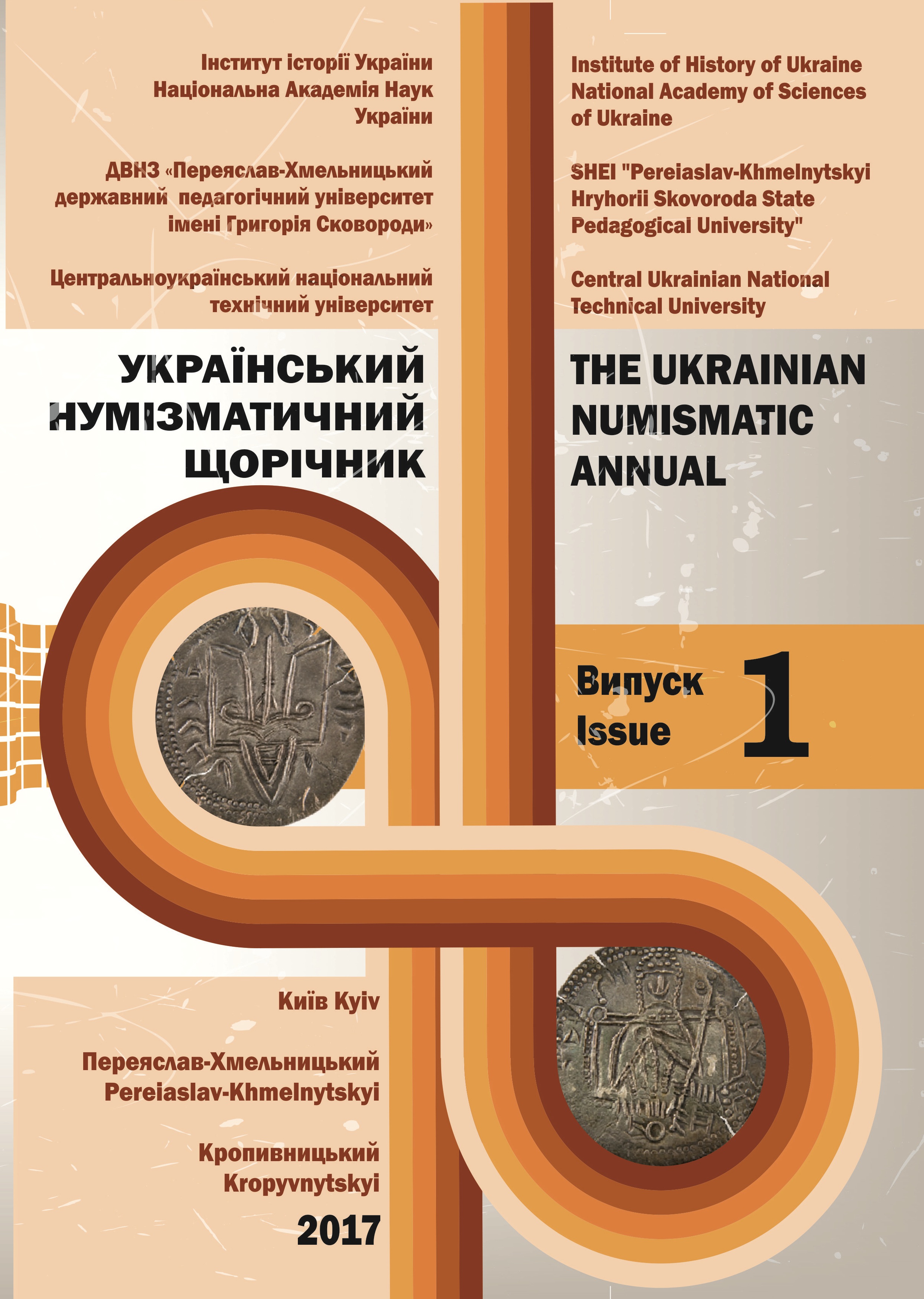Середньовічний європейський денарій зі слов’янськими (?) рунами
EUROPEAN MIDDLEAGE DENARIUS WITH SLAVONIC (?) RUNES
Author(s): Sergii KuleshovSubject(s): Economic history, 6th to 12th Centuries, 13th to 14th Centuries
Published by: ДВНЗ Переяслав-Хмельницький державний педагогічний університет імені Григорія Сковороди
Keywords: Western European denarius; Baltic Slavs runes Baltic; Obodrits;
Summary/Abstract: The article deals with the silver Western European Denarius (Penny) with unusual signs on the reverse. We assume these signs are runes of the Baltic Slavs. It is assumed that the coin is embroidered in the XI or XII centuries. The report deals with the silver Western European Denarius with unusual signs on the reverse. It is assumed that the coin is embroidered in the XI or XII centuries. Stones with some similar runes on our coin were found in Germanic land Mecklenburg, which from the early Middle Ages inhabited the Slavic tribe of obodrites. As for the obedrites, the German scientist A. Paul, as noted in his monograph devoted to this tribe,found during archaeological excavations in the Obodrin Fort, Dobin, the coins of the XI-XIII centuries were local imitations of Saxon, Danish, Byzantine and Arabic coins. The same author’s notes the prevalence of the Denarius of the Apostolic Prince Henry Lyubitsky (1093-1127), which were quite original imitations of the Ottoman III and Adelheidadenarians. They depict a temple with an adorned roof and a fence, and on the other side it is a cross with unusually wide rays inside the ornamented geometric patterns. We can assume that our Denarii, based on the inscription on the reverse, were also mintedby obadrits.
Journal: Український Нумізматичний Щорічник
- Issue Year: 2017
- Issue No: 1
- Page Range: 33-36
- Page Count: 4
- Language: Ukrainian

